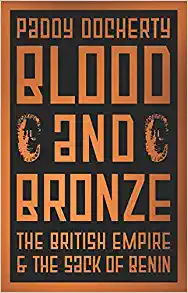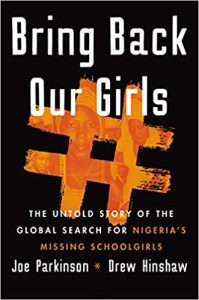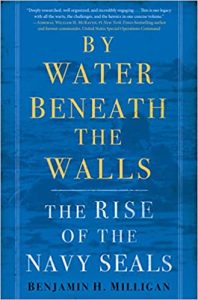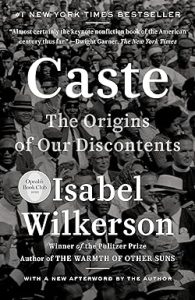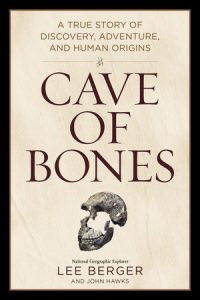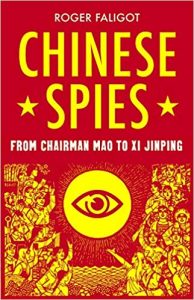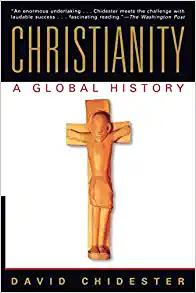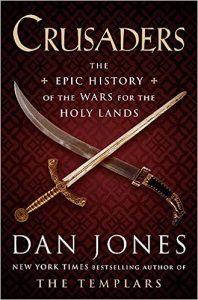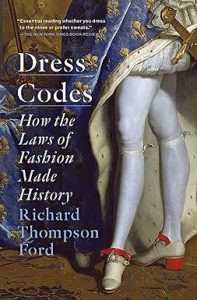Blood And Bronze
₦11,500.00The famous Benin Bronzes are among the most prized possessions of the British Museum. Celebrated for their great beauty, they embody the history, myth and artistry of the ancient Kingdom of Benin, once the most powerful in West Africa and now part of Nigeria. But despite their renown, little
has been written about the brutal act of imperial violence through which the Bronzes were plundered.
This incisive new history tells that neglected story: the 1897 British invasion of Benin. Diving into the archives, Blood and Bronze sets the assault on Benin in its late Victorian context. As Britain faced new commercial and strategic pressures on its power elsewhere, it ruthlessly expanded its rule in West Africa. Revealing both the extent of African resistance and previously concealed British outrages, this is a definitive account of the conquest and destruction of Benin. By laying bare the Empire’s true motives and its violent means, Paddy Docherty demolishes any moral claim for Britain retaining the Bronzes, and makes a passionate case for their immediate repatriation to Nigeria.

